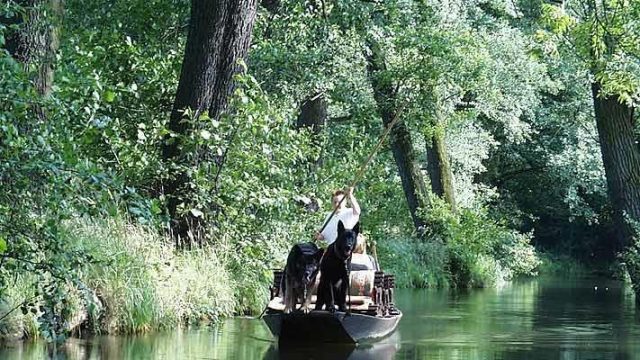Life is old there, older than the trees… and the land barely younger than the mountains. The Ice Age came, and left a land of lakes in Lusatia, which turned to leaf. Alder forests grew in the wetlands, pine on the alluvial sandbanks and islands raised in the flood-prone plains. Only later, in the sixth century, did human settlers arrive — a Slavic tribe, they thinned out the forest and made room for pasture and agriculture. The Sorbs or Wends, as the only native German ethnic minority came to be called, grew cucumbers and cabbages — until Spreewald became famous for its gherkins. To succeed, they needed to channel the waters equitably across this wet/dry land. So they etched over 200 irrigation lines on it, running 1,300km in all, called fliesses. They floated traditional barges, punting them along with poles, and they are still there today. A decade ago, this homeland of the 50,000 Sorbs was recognised as a biosphere reserve by Unesco. It’s where Berliners go on a holiday, and if you’re the kind of tourist who uses top-tier cities as gateways but prefers to take your ramble deeper into the countryside, you should follow too.
The information
Location Spreewald is an hour’s train ride to the south-east from Berlin
Where to stay There are holiday apartments for rent, as well as B&Bs, but the best way to enjoy Spreewald is to camp in the Campingplatz (spreewaldcamping.de).




